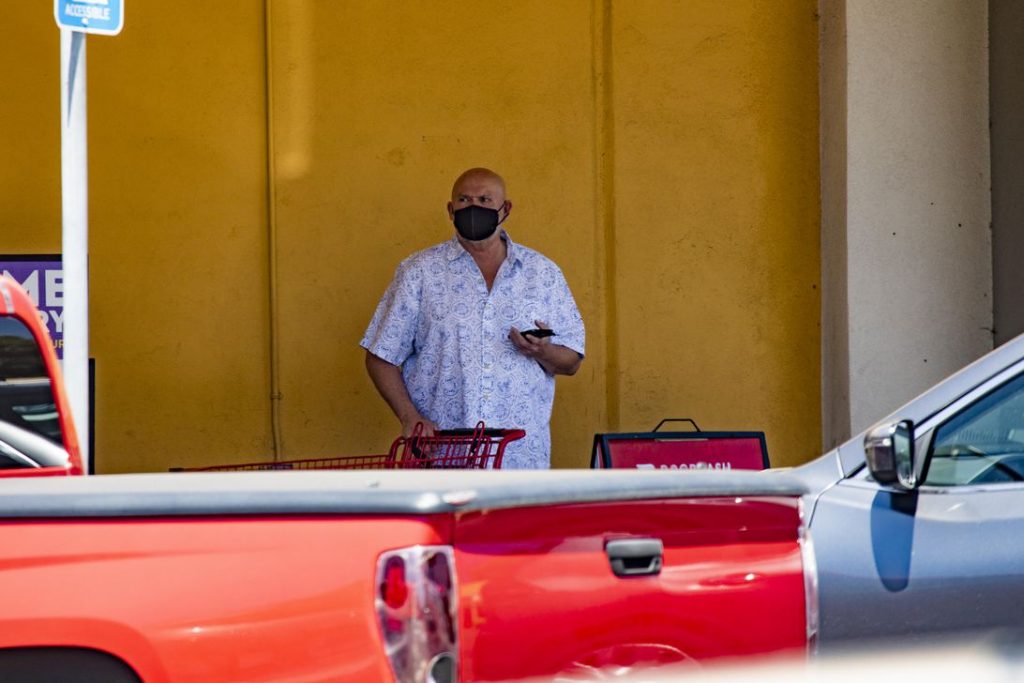Coronavirus cases around the world continue to rise.
James Martin/CNET
The World Health Organization recorded 183,020 new cases of coronavirus on Sunday, the largest increase in a single day since the beginning of the pandemic. The increasing case numbers are driven largely by two countries in the Americas: the US and Brazil.
Coronavirus cases have been steadily increasing over the last three weeks. On June 8, the WHO announced the pandemic was “worsening”, with more than 130,000 new positives recorded. The US and Brazil were the major contributors to the trend, but in the weeks since cases have continued to increase. On Friday, Tedros Adhanom Ghebreyesus said the world was in a “new and dangerous phase” and called for all countries to “focus on the basics.”
“We call on all countries and all people to exercise extreme vigilance,” he said.
The 153rd situation report, prepared by the WHO on June 21, showed Brazil’s confirmed new cases had increased by 54,771, taking the country’s total over one million, while the US reported 36,617. A total of 4,743 deaths were reported.
The US reported 690 of those Sunday and the death toll in the country is approaching 120,000. John Hopkins database reports over 600,000 recoveries.
Coronavirus reopenings: How it looks as lockdowns ease around the world
See all photos
At a presidential rally in Tulsa, Oklahoma on Saturday night, US president Donald Trump called testing a “double-edged sword.” He said the US had tested 25 million people but also suggested he told his people to “slow the testing down” because “when you do testing to that extent … you’re going to find more cases.”
It is true that testing will uncover more cases, but this is critical to the COVID-19 response. Large-scale testing has been identified, by the WHO and others, as incredibly important to flattening the epidemic curve and preventing deaths. Testing also helps countries reopen and allows public health officials to trace cases, preventing further spread of the disease.
Peter Navarro told CNN Trump was being “tongue-in-cheek” when he made the comments.
The WHO report also highlighted the need for Europe to prepare for the autumn.
“In the past month the number of European countries showing significant increases in cumulative incidence has more than tripled, from 6 to 21 countries,” said Hans Henri Kluge, the WHO regional director for Europe, during a briefing on Thursday. “Preparing for the autumn is a priority now at the WHO Regional office for Europe.”
“We are not out of the woods,” he said.
